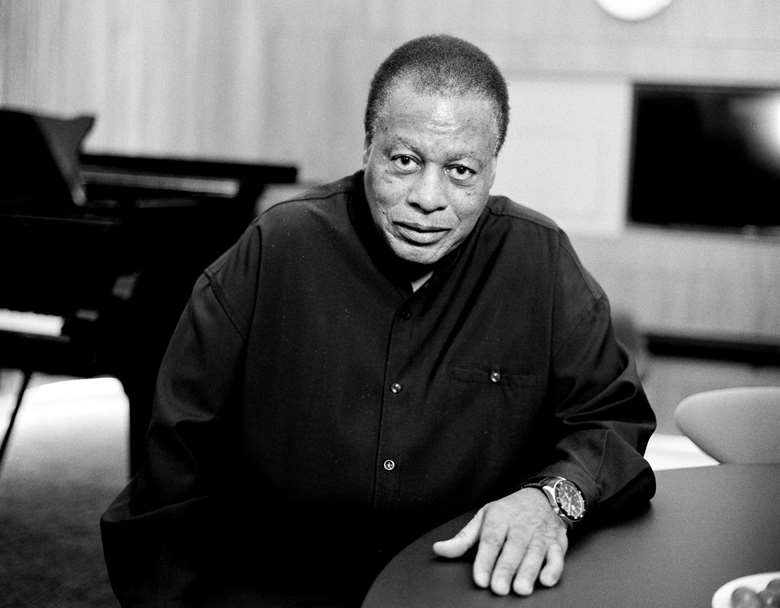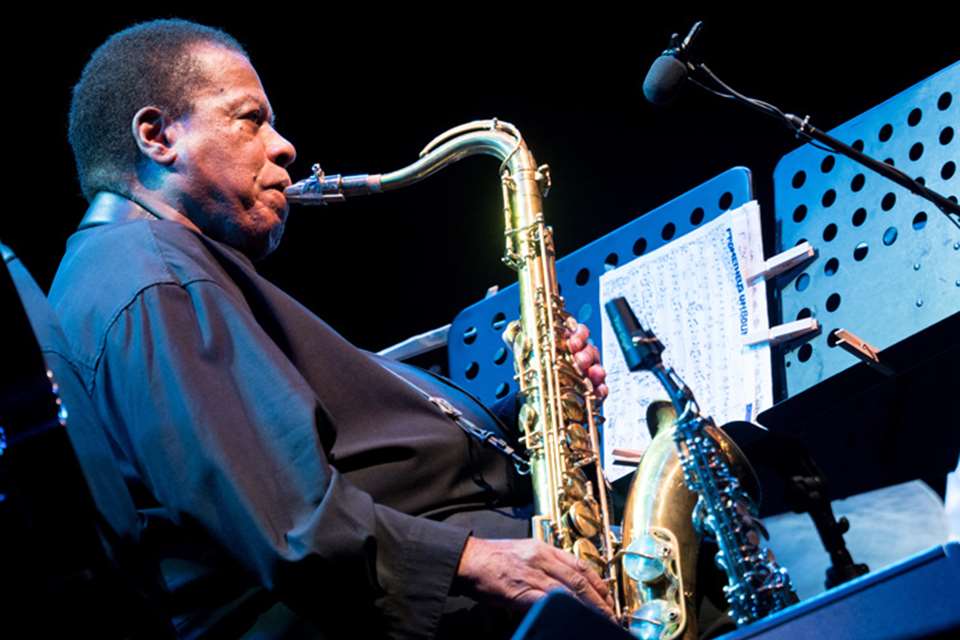Wayne Shorter interview: “You can stay as you are and delve into another medium”
Friday, August 26, 2022
Stuart Nicholson spoke with Wayne Shorter about the narrative behind this audio-visual feast, Emanon, and places it within the wider context of his formidable canon


Register now to continue reading

Thank you for visiting Jazzwise.co.uk. Sign up for a free account today to enjoy the following benefits:
- Free access to 3 subscriber-only articles per month
- Unlimited access to our news, live reviews and artist pages
- Free email newsletter
